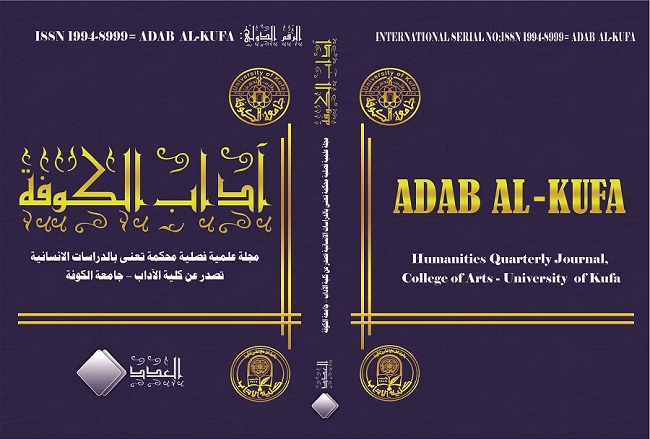John Barth's "Dunyazadiad": A Postmodern Reading of an Eastern Frame
DOI:
https://doi.org/10.36317/kaj/2017/v1.i32.6037Keywords:
, Frame-tale, spiral, The Arabian Nights, Writer's block, key and treasure.Abstract
The frame-tale technique is one of the most ancient narrative techniques, its roots go back to the oral tradition. It refers to a set of embedded stories which are encircled by a larger framework, hence creating a hierarchical pattern of stories within stories,and highlighting the relation between the storyteller and the audience. The most famous example of the frame-tale is The Thousand Nights and One Nightin which Scheherazade, who represents the ideal storyteller narrates stories for the king Shahryar to save her life.
Most of postmodernist writers admired such stories and one of them is John Barth (1930- ), an American novelist whose fascination with the frame-tale tradition such as Decameron, The Canterbury Tales, and The Arabian Nights appears clearly in his novels. Barth recycles stories by using the idea of 'arranging literature', the stories that are recycled are taken from the Bible, The Arabian Nights (Barth's favorite frame-tale), and the heroic myths of the ancient Greek. He fully exploits the cultural relevance and perseverance when he chooses a text for his work. So, hepresentsthe frame-tale in a way that helps to develop the manner of narration, i.e. to lead narrative from exhaustion to replenishment. According to him, one can revive literature by returning to the past and the origin of fiction. This paper is an attempt to explore the structure of the frame-tale inBarth's novella "Dunyazadiad", the first story in his collection,Chimera.
Downloads
Downloads
Published
How to Cite
Issue
Section
License
Copyright (c) 2017 Qassim Salman Sarhan, Marwa Ali Al-Shara

This work is licensed under a Creative Commons Attribution 4.0 International License.




















